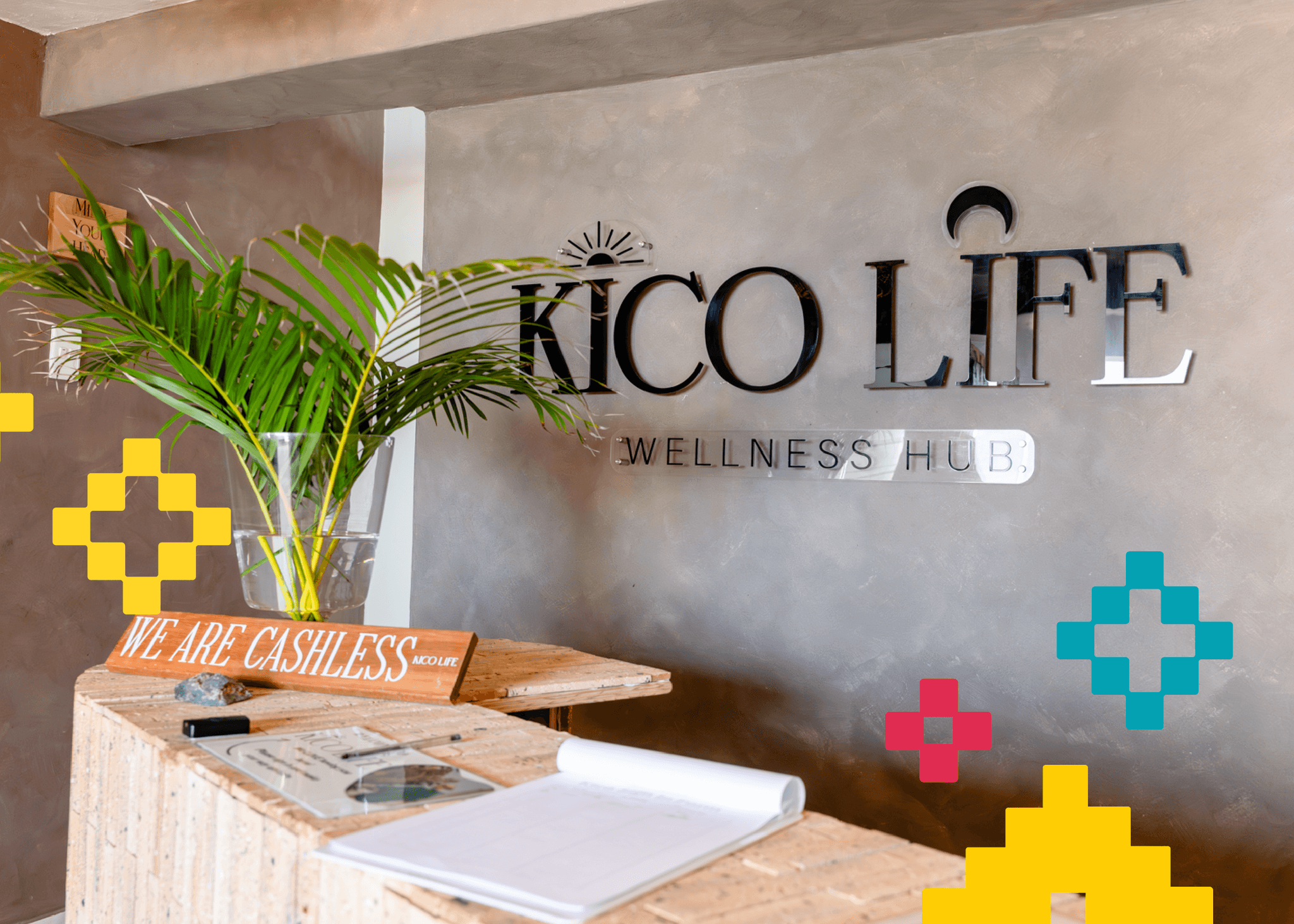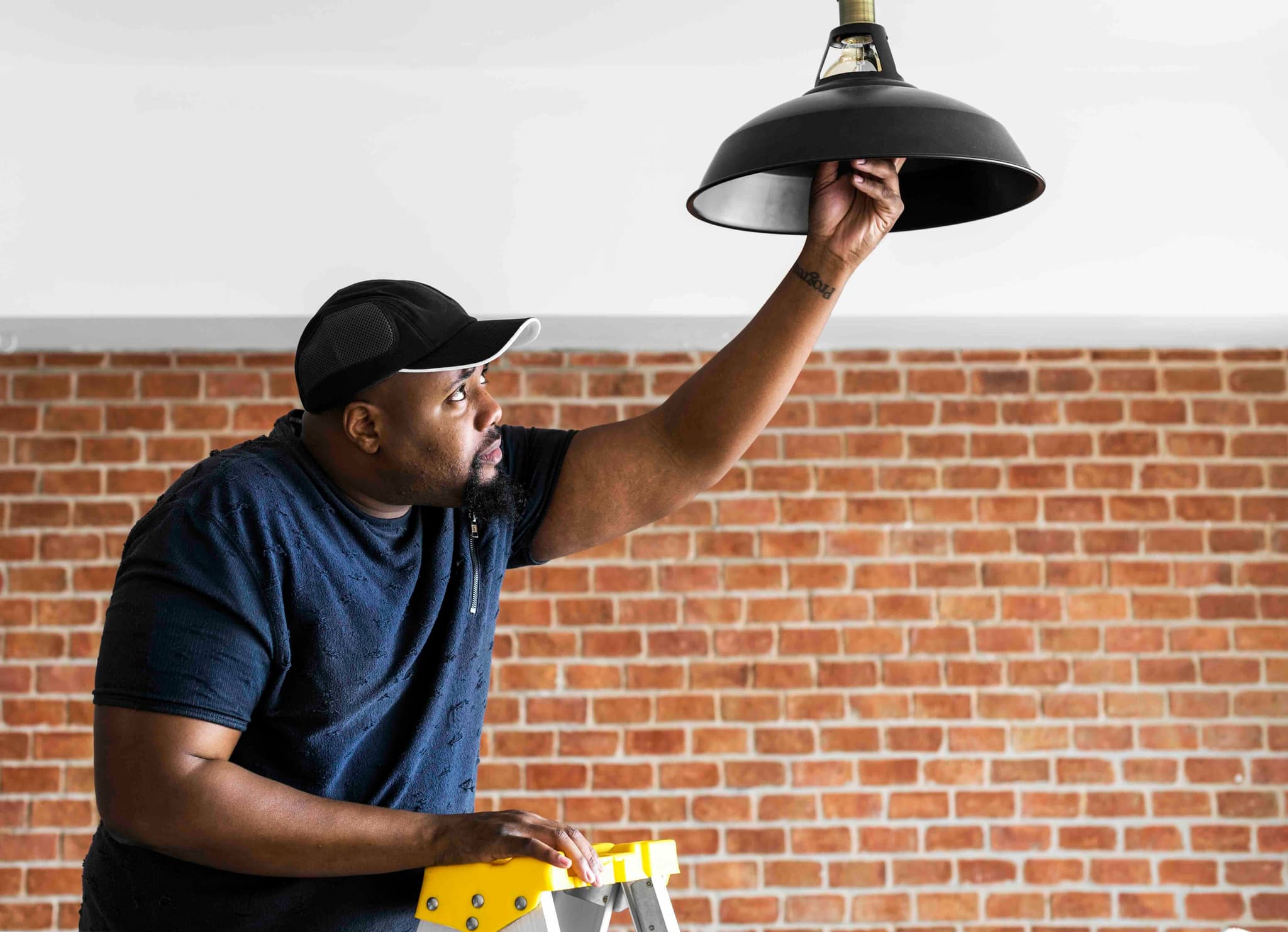
How to Choose the Right WordPress Theme for Your Online Store
Your WordPress theme has the power to get you noticed by your customers and search engines. Here’s how to get it right.
New to ecommerce? Read the Hitchhiker's Guide to Making Money Online to get started!
The Internet, plus your big dreams, equals making money online! Without the red tape of lease approvals, interior design fees, and maintenance nightmares, almost anyone can set up shop virtually and start making money online.
Building the Online Store of Your Dreams Starts Here
With an online store, you get to be the architect of the structure. Much like good building design, there are important foundational aspects to consider so that your home will hold strong, and be aesthetically pleasing. Starting with picking the right theme. The look and feel of your website is what will give voice and life to your business.
Once you have a good grasp on your own brand, and how you want people to engage with it, it's time to make sure your website reflects your brand. To achieve this, your website is going to need the best WordPress theme for your business.
There are several boxes to tick when considering the right website theme;
- Your budget
- Brand identity
- Customisation tools
- Search Engine Optimisation (SEO) friendliness
- User interface (UI)
- Customer support
WordPress offers a myriad of templates and themes, designed by independent creators to larger organisations, to choose from. Here are all the nuts and bolts to consider when selecting a theme for WordPress.
What does your budget look like?
For beginners in the ecommerce world, a free template might be the perfect starting point and thankfully, WooCommerce offers a range of free templates to choose from. With free templates, it is best to stay simple and install a dynamic WordPress theme that will be easy to tailor over time.
These are the pros to free themes;
● No code is needed
● You save money and time
● They're free and customisable
And these are the cons;
- Your website customisation may be limited
- The quality of the site might be affected
- Not all themes are mobile friendly
On the other hand, purchasing a theme gives you more range, and allows you to customise your website according to your brand's identity and ethos. It also means that your shop can exist in a structure that is perfectly unique to your brand, and consumers.
How should your shoppers feel on the website?
Keeping your shoppers inspired to read more about your business, and browse your site, is top priority to any website. That's why choosing a user-friendly interface, and good design that visually supports the brand identity is key when deciding on a theme.
Select a WordPress theme that is in line with your industry’s standards or refer to some of your favourite brands’ sites. You will begin to notice if other websites were built using WordPress, where you can find the same theme and edit it to your brand’s style.
Are you installing a theme with quality SEO-optimisation?
Good themes with coding that is SEO-friendly, will help you search engines and people find your store. Installing a theme that tells bots your site is clean and organised is what you need to ensure your online shop shows up at the top of searches. You can run tests to verify how effective a theme’s SEO-optimisation is by using sites such as Semrush and W3C.
Key things to look for in an SEO-friendly theme are: page load speed, responsive design (including mobile), easy navigation, a ‘developed for SEO’ label, and a valid code markup. All these qualities will positively affect website traffic from search engines, and put you in front of your customers.
A few SEO Friendly WordPress themes are Schema, Divi, GrowthPress, Massive Dynamic, and Pofo.
Is your theme's UI connecting with your consumers?
Your user-interface (UI) is the overall design of your website and how your users interact with it. The best templates for ecommerce websites will always be straightforward and intuitive.
Visual navigation cues that direct a customer to action are important, and the more tangible your website is for a customer, the more time they are likely to spend on your website.
UIs should use elements that enhance the experience and are necessary to a website. Content is also very important at this point.
Installing a website template that lets you use your brand's copy and imagery in a succinct way is something to look out for.
Similarly, the interactive nature of a template is something to consider.
Perhaps your business receives Frequently Asked Questions (FAQ), and you want to engage potential customers? Themes with customer support in mind, might be necessary for you to install. Chatbots and live messaging capabilities, will enable your customers to get answers, whilst you are offline.
Your website’s theme will inform all the aforementioned. Whether your store is set up with a WooCommerce theme, or you created your own template in WordPress, most web hosting sites offer diverse themes.
Once your website and WordPress theme is live, over time you will get to evaluate how successful or not the site is, according to your site’s traffic, and customer feedback.
Looking to make further in-roads on your online journey? Don’t miss the guide to making money online. It’s the easiest way to get your ecommerce business off the ground.
JOIN THE SME REVOLUTION: Be the first to find out about our latest product releases and business news. Follow us on LinkedIn today!





















